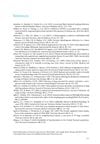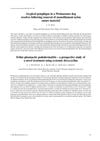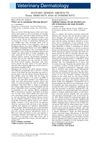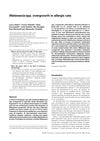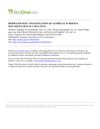Isolation and Molecular Characterization of Malassezia Pachydermatis from a Cutaneous Lesion in a California Sea Lion (Zalophus Californianus)
May 2019
in “
Veterinarski arhiv
”
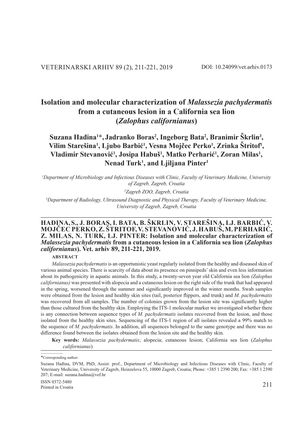
TLDR The yeast found in a sea lion's skin lesion was almost identical to that on healthy skin, suggesting environmental factors may affect fungal growth and the cause of the lesion is unclear.
In the 2019 study, researchers examined a 27-year-old California sea lion with seasonal alopecia and a cutaneous lesion, finding a higher concentration of Malassezia pachydermatis, a yeast, in the lesion than in healthy skin. Despite the seasonal variation of the condition, molecular analysis using the ITS-1 marker revealed that the yeast strains from both the lesion and healthy skin were 99% identical and shared the same genotype. This indicated that the yeast from the lesion was not genetically different from that found on healthy skin. The study did not establish a definitive link between specific genotypes of M. pachydermatis and the skin condition, suggesting that environmental factors might influence the fungal overgrowth and that the role of M. pachydermatis in the development of skin lesions in sea lions is still uncertain, warranting further investigation.

